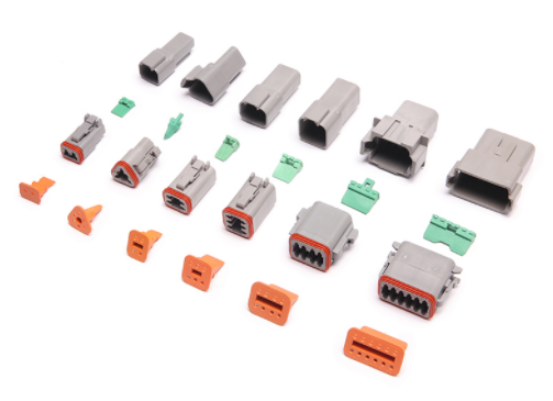
Title: Enhancing Automotive Connectivity: The Role of Connectors in Meeting User Demands
In today’s digitally interconnected world, automobiles have become more than just means of transportation. They’ve evolved into sophisticated hubs of technology, offering users an array of features and conveniences that enhance their driving experience. At the heart of this automotive revolution lies connectivity, facilitated by advanced systems and components like automotive connectors.
Understanding User Demands
User demands in the automotive industry have shifted dramatically in recent years. Modern drivers expect seamless integration of their digital lives with their vehicles. Whether it’s accessing navigation, entertainment, or vehicle diagnostics, consumers desire uninterrupted connectivity. They seek vehicles that not only transport them physically but also keep them connected to the outside world.
The Significance of Automotive Connectors
Automotive connectors play a pivotal role in meeting these evolving user demands. These connectors serve as the vital link between various electronic components within a vehicle, enabling data transfer, power distribution, and communication between systems. They ensure reliable connectivity, even in the most demanding automotive environments.
Addressing Connectivity Challenges
As user demands for connectivity grow, automotive connectors face several challenges:
- High-Speed Data Transmission: With the rise of connected vehicles and advanced driver-assistance systems (ADAS), the need for high-speed data transmission has increased. Automotive connectors must support high data rates to facilitate real-time communication between onboard systems.
- Durability and Reliability: Vehicles operate in harsh environments exposed to extreme temperatures, vibrations, and moisture. Connectors must be robust and resilient to withstand these conditions, ensuring uninterrupted operation throughout the vehicle’s lifespan.
- Miniaturization: As automotive electronics become more compact, there’s a growing demand for miniaturized connectors. These connectors enable space-saving designs while maintaining high performance and reliability.
- Compatibility and Standardization: With a plethora of electronic devices and systems in modern vehicles, ensuring compatibility and standardization across connectors is essential. Interoperability between different components and vehicles enhances flexibility and reduces costs for manufacturers and consumers alike.
Innovations Driving Connectivity
To meet these challenges and fulfill user demands, automotive connector manufacturers continue to innovate:
- High-Speed Data Connectors: Advanced connectors capable of supporting high data rates enable faster communication between onboard systems, facilitating features like infotainment streaming, over-the-air updates, and vehicle-to-vehicle communication.
- Sealed and Shielded Connectors: Sealed connectors with IP-rated enclosures protect against moisture and dust ingress, ensuring reliable operation in challenging environments. Shielded connectors minimize electromagnetic interference, enhancing signal integrity and system performance.
- Compact and Modular Designs: Miniaturized connectors with modular designs enable flexible integration into modern vehicle architectures. These compact connectors optimize space utilization while simplifying assembly and maintenance processes.
- Adoption of Industry Standards: Embracing industry standards ensures compatibility and interoperability across different vehicle platforms. Standardized connectors facilitate plug-and-play functionality, streamlining manufacturing processes and reducing development costs.
Conclusion
In conclusion, automotive connectors play a crucial role in enhancing connectivity within modern vehicles. By addressing user demands for seamless integration and reliability, these connectors enable the realization of advanced automotive features and functionalities. Through ongoing innovation and adherence to industry standards, automotive connector manufacturers continue to drive the evolution of automotive connectivity, shaping the future of mobility for drivers worldwide.